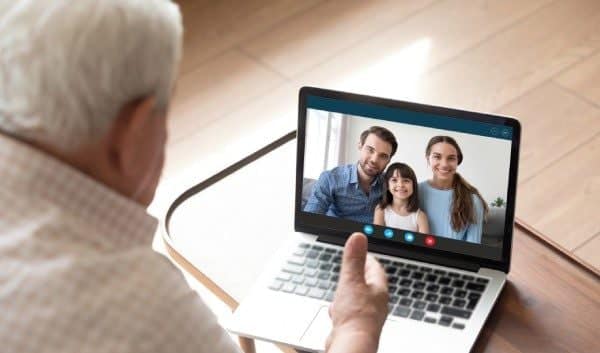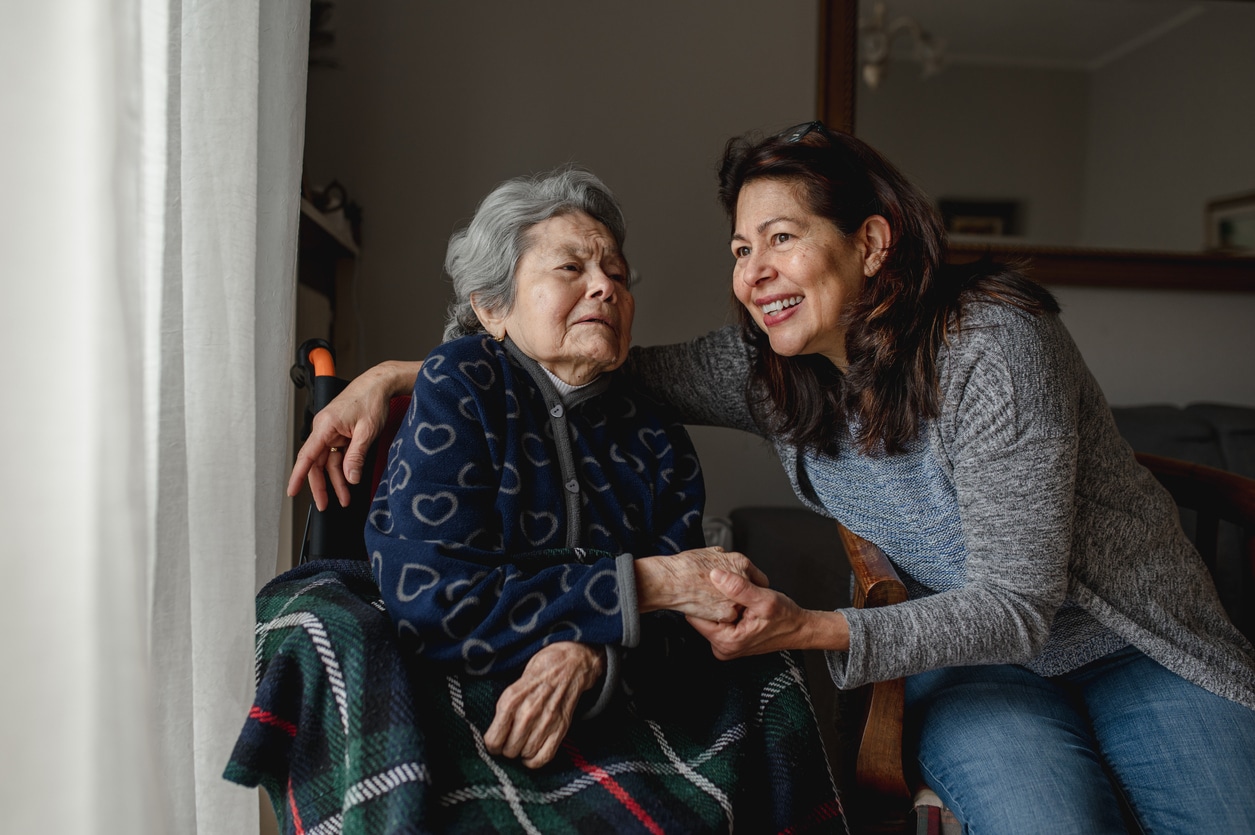The number of American family members caring for adult relations is on the rise, according to data from the National Alliance for Caregiving’s (NAC) 2020 Caregiving in the U.S. study.
“When looking at caregivers for adults only, the prevalence of caregiving has risen from 16.6% in 2015 to 19.2% in 2020 — an increase of over 8 million adults providing care to a family member or friend age 18 or older, primarily driven by a significant increase in the prevalence of caring for a family member or friend who is age 50 or older,” reports C. Grace Whiting, J.D., NAC’s president and CEO.
The Changing Nature of Family Caregiving
It’s not just the numbers that are changing. The roles and responsibilities of family caregiving are also evolving, according to the NAC report:
- 26% care for someone with Alzheimer’s disease or dementia
- 24% tend to more than one person
- 23% say caregiving has made their health worse
Additionally, national health statistics show that six in 10 American adults live with one chronic condition and four in 10 live with two or more1, and are living longer – life expectancy at birth for the total U.S. population was 77.8 years2. This data shows how complex family caregiving has become.
The Increasing Use of Technology for Family Caregivers
Innovators have responded to the changing nature of family caregiving with technology to help keep elders safe, make coordinating care easier and lower stress, including:
Telemedicine
Before the COVID-19 outbreak, telemedicine was slowly gaining traction. Stay-at-home orders and distancing requirements forced more rapid deployment to make doctor visits and check-ins easier for families with sufficient internet access. “The best thing coming out of telehealth is the sense that we need to triage care and that there is a lot that can be handled from home,” Whiting explains. “Some of the basic general practice type healthcare needs can be very effectively treated at home, and saving everyone, and especially caregivers who live with the person they care for, time and stress.”
Connected Health Devices
Remote health monitoring and other technologies make it easier for caregivers to manage their own and their family member’s care. For example, continuous glucose monitoring tracks and reports information to support glycemic control. Medication dispensers make it easier to take medicines as directed and avoid complications from missed or too many doses. Medical alert systems enable wearers to call for assistance – and some contact emergency services when a fall is detected whether or not help is requested.
Apps
“Distance caregivers may benefit from technology that gives them the ability to be in more than one place at once – enabling them to help with hands-off tasks like care coordination and to facilitate communication between care recipients, care providers and others, like family,” Whiting notes. Many pharmacies, hospitals and doctors’ offices have mobile- and web-based portals that enable prescription refills, appointment scheduling and direct communication with professionals. Other apps allow caregivers to exchange information with healthcare professionals and others in the care circle.
Social Networking and Virtual Experiences
“Caregiving through the COVID-19 pandemic has intensified the sense of isolation many caregivers experience,” Whiting notes. “Many caregivers lost access to critical social supports and interactions with their social networks because of restrictions related to the pandemic and reduction in the services they and their care recipient received.” Social networks, video calls and virtual parties and classes can reduce feelings of isolation and provide important emotional, intellectual and physical stimulation that may help reduce stress and improve overall wellness.
The role of the family caregiver is constantly evolving. Though challenging at times, advancements in technology and policy will continue to make looking after our older family members easier and more rewarding.
———-
References:
[1] Centers for Disease Control – National Center for Chronic Disease Prevention and Health Promotion. Chronic Diseases in America. March 11, 2021
[2] Arias E, Tejada-Vera B, Ahmad F. Provisional life expectancy estimates for January through June, 2020. Vital Statistics Rapid Release; no 10. Hyattsville, MD: National Center for Health Statistics. February 2021. DOI: https://dx.doi.org/10.15620/cdc:100392.




